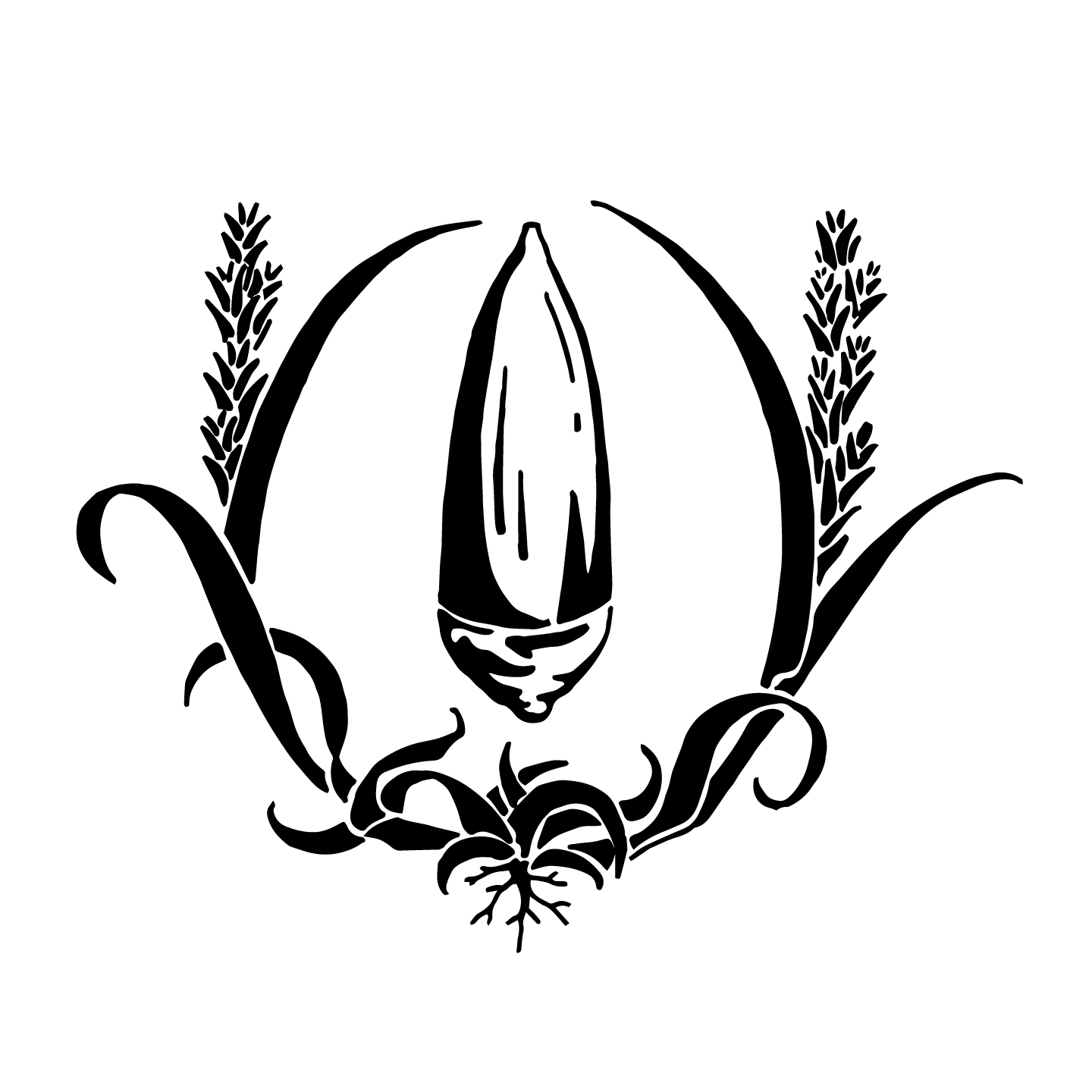Classes
Classes that utilize the herbarium/herbarium specimens or function as prerequisites for herbarium research include those below. More details are listed on the course catalog: https://catalog.ucdavis.edu/courses-subject-code/pls/ or contact the faculty advisor:
Dan Potter:
PLS 127 — Systematics of Vascular Plants (5 units)
Course Description: Diversity, phylogeny, and taxonomy of lycophytes, ferns, and seed plants (gymnosperms and angiosperms), emphasizing relationships and distinguishing characteristics of families and genera represented in the California flora. Principles and methods of phylogeny reconstruction, classification, and plant nomenclature. Practice identifying plants to species using taxonomic keys.
PLS 141 — Ethnobotany (4 units)
Course Description: Relationships and interactions between plants and people, including human perceptions, management, and uses of plants, influences of plants on human cultures, and effects of human activity on plant ecology and evolution. Concepts, questions, methods, and ethical considerations in ethnobotanical research.
PLS 092 — Internship (1-12 units)
Course Description: Work experience on or off campus in subject areas pertaining to plant and environmental sciences. Internship supervised by a faculty member.
PLS 192 — Internship (1-12 units)
Course Description: Work experience on or off campus in subject areas pertaining to plant and environmental sciences. Internship supervised by a faculty member.
Prerequisite(s): Consent of instructor; completion of 84 units.
Mohsen Mesgaran:
PLS 176 — Introduction to Weed Science (4 units)
Course Description: Weed biology and ecology, methods of weed management, biological control, herbicides and herbicide resistance. Weed control in managed and natural ecosystems; invasive species. Laws and regulations. Application of herbicides. Sight and software-assisted identification of common weeds.
Jennifer Funk:
PLS 147L — California Plant Communities Field Study (1 unit)
Course Description: Visits to many of northern California's plant communities, from the north coast to the Central Valley to the Sierras. Discussion of community ecology and hands-on identification of species. Two Saturday and two three-day field trips required.
